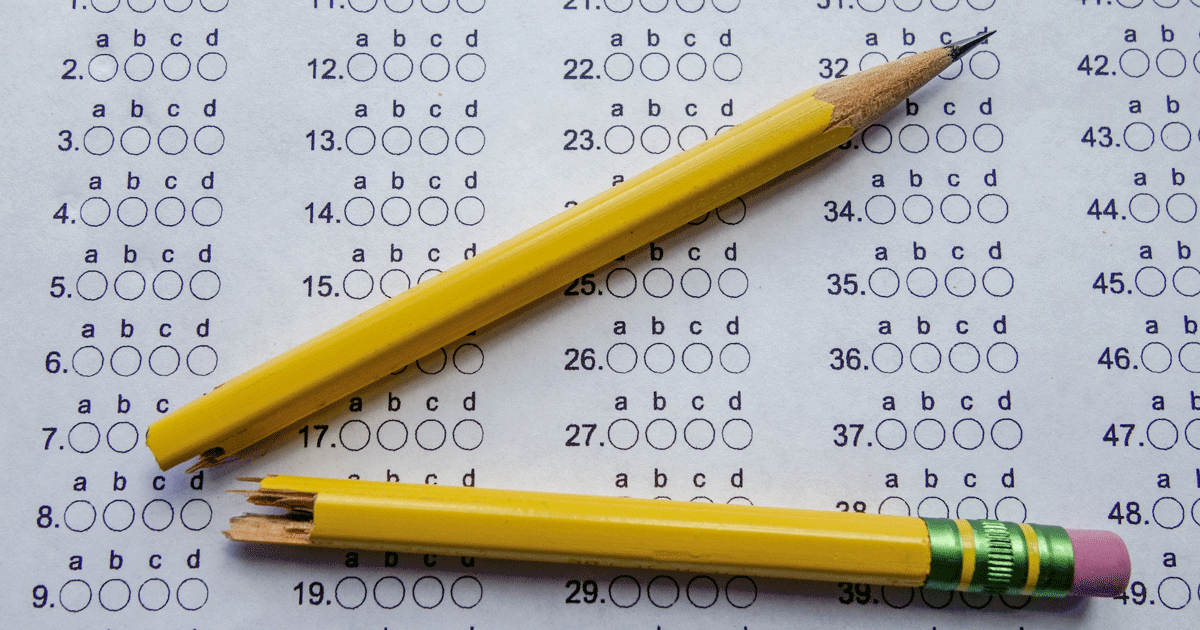Another round of the Program for International Student Assessment (PISA) exam results was recently released, allowing researchers to compare education systems around the world. The PISA matters because unlike the majority of standardized tests, it asks students to think critically, to make arguments, to problem-solve, to identify patterns. In the words of Amanda Ripley, author of The Smartest Kids in the World, it tests for skills “…that machines have not yet mastered.”
In this way, the PISA is one the best measures we have of how well our education system is truly preparing students for a 21st century economy that rewards complex knowledge work, and replaces routine work with machines. And the U.S. performs very average on this benchmark.
There are a bunch of lessons to learn from high-achieving nations, but one of the most consistent lessons from each PISA administration relates to the resources we provide our most disadvantaged students. Indeed, every three years when PISA results are analyzed, one of the central conclusions is that the U.S. scores lower than comparable OECD countries because we have a far greater share of poor children, we place poor children together in the same schools, and we then fail to provide these schools with adequate resources.
Starting with the resources we provide to disadvantaged schools, an analysis of the 2012 PISA results by education researcher Linda Darling-Hammond found a very strong relationship between a nation’s “equity index” and mean math scores. The U.S. ranked low both on equity, in funding and in math scores, while high scoring Finland and rising star Estonia were high on both. The 2015 PISA told the same story, with the U.S. well below the OECD average in both resources and quality educational staff provided to disadvantaged schools, and another round of middling scores.
But the question isn’t just about the resources we provide to disadvantaged schools, but why we have so many disadvantaged schools to start with. In Darling-Hammond’s analysis of the 2009 PISA administration, she found that U.S. schools with under 10% of students eligible for free or reduced lunch would lead the international rankings in reading, and even schools with a poverty rate of under 50% would fall in the top ten. It’s our schools with high poverty rates that fall at the bottom of the international rankings. And unfortunately, the number of high-poverty schools are only increasing, with the growth in income segregation between schools and districts.
And the final question, of course, is why do we have a far greater share of disadvantaged students than other developed OECD nations in the first place? Whereas after government transfers the child poverty rates for the majority of developed OECD nations drop below 10%, the child poverty rate in the U.S. – and in Michigan – of over 20% barely budges after transfers are taken into account.
What can Michigan learn from all this? First, we can provide greater resources to our schools serving high concentrations of low-income students. Michigan should follow Minnesota’s lead here, which distributes an additional $3,000 per low-income student in schools of concentrated poverty, to obtain high-quality teachers and curriculum in high-poverty schools.
Through socioeconomic integration, we can also have fewer schools in which poverty is concentrated, making our disadvantaged schools far less disadvantaged. A recent New York Times article shows how Morristown, NJ has for forty years merged two communities – one affluent, one less so – using intentional school assignment to achieve integration. Detroit and Grosse Pointe share the most segregating border by income in the country, with respective poverty rates of 50% and 6%. If we wanted to intentionally integrate our metropolitan areas, we could have fewer disadvantaged schools.
And finally, we can have fewer poor children in the first place. The share of disadvantaged students in the U.S. is often used as an excuse for why you can’t compare our education system with that of, say, Finland’s, with a child-poverty rate of under 5%. But the share of students in poverty is, in large part, a policy choice. Finland’s GDP per capita is $5,000 less than that of the U.S., so it’s not a question of resources; Finland has just better prioritized income distribution and a strong social safety net. For starters, we could reduce the number of poor children in Michigan with a higher state minimum wage, a higher state EITC, and a stronger safety net.
There’s a lot that needs to change about our school system. But by failing to mitigate the effects of child poverty, better integrate our schools, and provide adequate resources to those schools that are disadvantaged, we make the job that much harder. Every three years the PISA tells us that the bottom quarter of our schools are failing to produce students competent in skills needed to be successful in the 21st century. We should pay.







